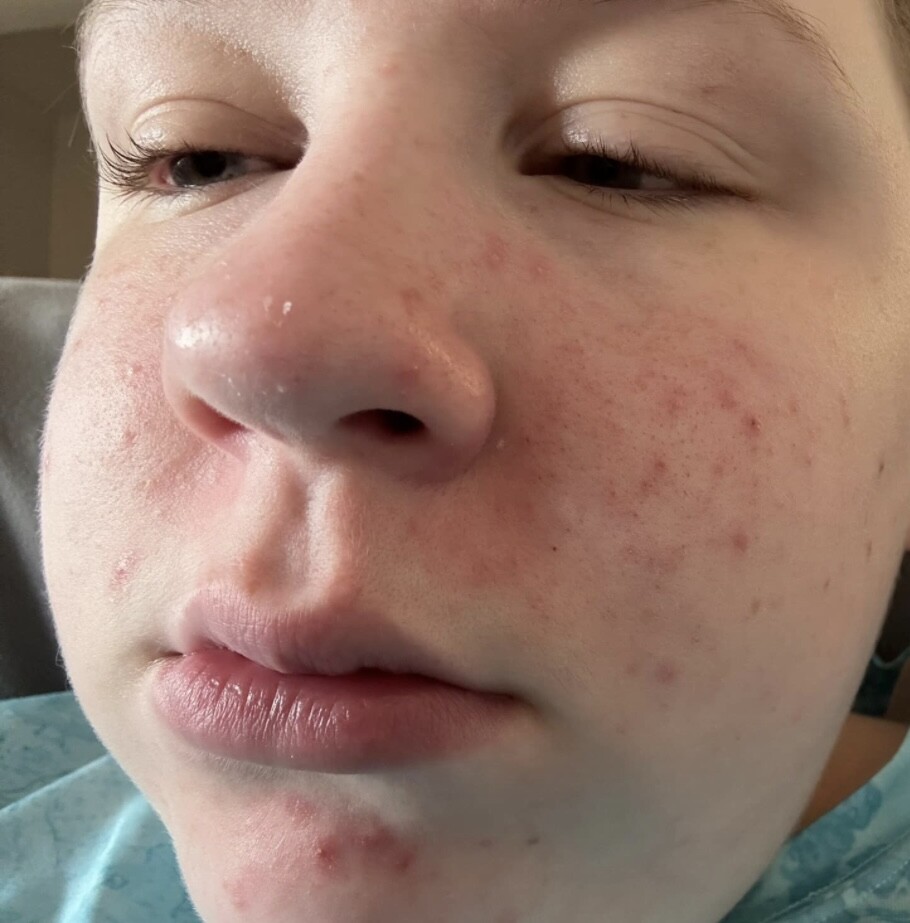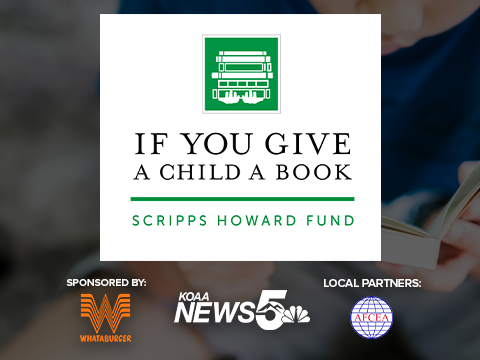COLORADO SPRINGS — When Izabella Phillips walks out into the sun, younger children often ask her if she's an astronaut. For someone unfamiliar with her skin condition and the space-looking helmet she wears, it’s an honest question.
The helmet gives her freedom, but it also brings her unwanted stares and judgment.

“I don't want people to make nasty comments or just assume that I'm in a costume or just being a fool or whatever they call it,” said Phillips. “I want them to understand that this gives me freedom and that it's the only way I can stay outside.”
Phillips suffers from a somewhat rare skin condition called Polymorphic Light Eruption (PMLE). Those with PMLE are essentially allergic to the sun and its UV rays, meaning anytime Phillips is outside during the day, she’ll develop a red, bump rash in a matter of minutes.
“The rash is extremely itchy. It's really not fun,” she said.

According to the Cleveland Clinic, PMLE might affect up to 15% of people worldwide. It’s more common in women, people between the ages of 20 to 40, those with a family history of PMLE, and those who live where sun exposure is uncommon.
PMLE often affects people during warmer and sunnier months, but Phillips, 21, said hers is more rare because she suffers from it year-round.
“It was really frustrating, because we'd be invited maybe to a party, an outdoor party or something, and we always had to be the first to leave, regardless of the circumstances,” said Teresa Phillips, Izabella’s mother. “And I felt bad for her. I felt like we were being cheated at that point.”
The younger Phillips suffers from a number of other conditions as well, some of which enhance the severity of her reactions to sunlight.
But the trials and tribulations were taking too much away from her daily activities. She sought out a way to continue trying to have a normal life. Through a contact suffering from xeroderma pigmentosum, which is a rarer genetic disorder that causes extreme sensitivity to UV light, Phillips was directed to a unique helmet made in France.
The helmet cost $1300 and wasn’t covered by insurance, but the Phillips family hoped it would be an answer to their troubles.
“It took two or three months, and Bella was sitting at the door because she kept getting these notifications it had been delivered, so she was so anxious for it to come,” said Izabella’s mother. “And it led to a lot of tears because it didn't come when she expected it. But when it came, it was everything that she said it would be.”
And much like the inquisitive children perceived, the helmet does resemble something an astronaut might have. There is a large, clear visor with an adjustable head strap, covered with UV-blocking material and a fan to help keep the wearer cool when it’s being used.
Now, Izabella can go out into the sun without concern of a reaction on her skin. She’ll also wear heavy, UV-blocking clothing like denim, leather, and long gloves.

Despite providing freedom outside, Phillips noted it’s not a cure and has found the helmet presents other challenges. The condition might fade as years pass, but she worries, especially since hers is year-round, she might suffer from PMLE for the rest of her life.
“It definitely makes me a bit sad, because when I wear this, it's like a screen between reality and me,” she said. “It's like everyone's on the other side of the window.”
By sharing her story and condition more widely, Phillips hopes to raise enough awareness that people “could be more understanding instead of staring at me and assuming things.”
Taylor Dunn, Izabella’s caregiver and community connector for the past year-and-a-half, said she’s seen the improvement in Izabella’s quality of life since receiving the helmet. Dunn wants to help Phillips raise awareness now too.
“It's always better to ask than to assume. We're always open to educate people and say this is what it's for, and to just be kind to people,” said Dunn. “You don't know what they're dealing with. You don't know if it's for a medical condition or maybe it is something that they just like to wear. But to just spread kindness and awareness.”
Dunn said she and Phillips are discussing ways to help others in the same situation. The helmet and the UV-blocking clothing aren’t inexpensive and some might have difficulty covering the costs. They don’t have any concrete plans yet, but they hope to eventually launch some kind of fundraiser or gather donations.
Teresa, Izabella’s mother, said other parents or patients in similar situations can’t stop fighting.
“You're going to hit dead ends and people are going to close the door in your face. All it takes is one person to be compassionate to your cause, and then you could get what you need,” said Teresa Phillips. “So don't ever stop trying. Don't ever stop asking. Don't ever stop talking to people, because it only takes that one person to get things rolling.”
Email Senior Reporter Brett Forrest at brett.forrest@koaa.com. Follow @brettforrestTVon X and Brett Forrest News on Facebook.

New speed cameras utilized by CSPD are coming to school zones and parks near you
The Colorado Springs Police Department is rolling out new surveillance. Two vehicles marked 'photo enforcement' will use radar to track speeds. They will be prioritized near schools and parks.




